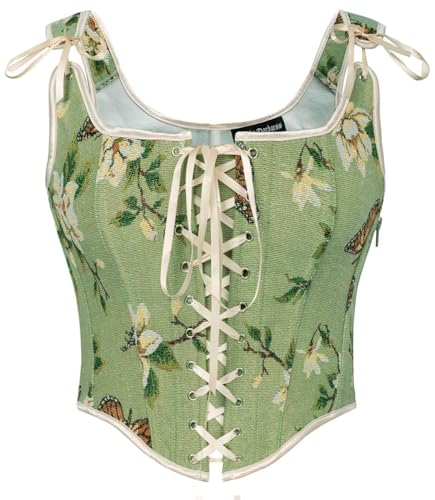The Origins of Corsets
Corsets have a long and rich history, dating back to ancient times. The Greeks and Romans wore girdles to cinch in their waistlines and accentuate their curves. In the 16th-century, European women began wearing boned bodices to shape and support their bodies. However, it wasn’t until the 19th-century that the corset as we know it today became popular.
The Victorians and the Corset
The Victorian era saw the rise of the corset as a symbol of femininity and virtue. Women were expected to have a small waist and an hourglass figure, and the corset was seen as a way to achieve this ideal. The corset was also thought to improve posture and prevent health problems such as back pain.
The Risks of Corsetry
Despite its popularity, corsetry was not without its risks. Tight lacing could lead to difficulty breathing, digestive problems, and even deformities of the ribcage. In extreme cases, corsetry could cause fainting spells, and some women even died from wearing tightly laced corsets.
The Decline of Corsets
The early 20th-century saw a shift in fashion and social attitudes towards the corset. Women began to embrace more practical and comfortable clothing, and the corset eventually fell out of favor. However, corsetry still has a place in modern fashion, with many designers incorporating elements of traditional corsetry into their designs.
The Legacy of the Corset
The corset may no longer be a daily staple of women’s clothing, but it remains an enduring symbol of femininity and sexuality. The corset has inspired countless works of art, from paintings to literature to film. It continues to fascinate and captivate people, making it a lasting icon of fashion history.






